Our Journey

Commercial bovine artificial insemination (AI) begins using fresh, quickly delivered semen. How quickly? Imagine small planes air-dropping parachutes of vessels containing semen to waiting technicians standing beside ground markers. Quite a picture, isn’t it?
1938

Rockefeller (Rock) Prentice of Barrington, Illinois, forms the American Dairy Guernsey Associates (ADGA) of Northern Illinois, the precursor to today’s ABS Global. Three Guernsey sires form the core of an organization that would become the first privately owned bull stud in the USA.
1941

In 1945, Holstein sires, the most popular dairy breed sold globally today, join the ABS lineup and quickly make a name for themselves (and a name-change for us).
1945
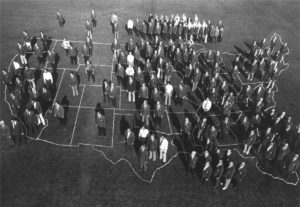
In 1945, ADGA of Northern Illinois changes its name to the American Scientific Breeding Institute to reflect a greater number of Holsteins than Guernseys.
1945

In 1947, a new year brings a new breed as Jersey sires join the company lineup. In 1947, we move from Illinois to Madison, Wis., and change our name to Wisconsin Scientific Breeding Institute.
1947

In 1948, Rock Prentice and Dr. E.L. Willet establish the American Foundation of the Study of Genetics. A few years later, the foundation would create the first embryo transfer calf using a now-familiar process known today as – you guessed it – in vitro fertilization (IVF).
1948

The company breaks into the beef market when it adds Angus sires to the lineup.
1950

In 1953, the first semen ampule to hold frozen semen is created. Made of glass, the ampule holds 1.2 cc of semen
1953
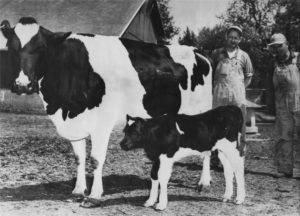
In 1953, the world meets Frosty, a healthy heifer and the first North American calf born from frozen semen artificial insemination. Thirty years later, history would be made again when the same semen successfully conceives another AI calf (clearly, frozen semen has a long, long shelf life).
1953

In 1953, the world meets Frosty, a healthy heifer and the first North American calf born from frozen semen artificial insemination. Thirty years later, history would be made again when the same semen successfully conceives another AI calf (clearly, frozen semen has a long, long shelf life).
1954

In 1956, our researchers collaborate with Linde Corporation to introduce the industry’s first container for storing and transporting frozen semen using liquid nitrogen.
The container was funded by the organization at a cost of $770,000 and establishes us as the first organization in the USA to rely 100 percent on liquid nitrogen-refrigerated frozen semen. Peru becomes the first country to receive frozen semen outside of the USA.
1956
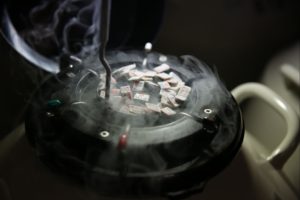
In 1956, Dr. Basile Luyet joins the organization. This Catholic priest and prominent cryobiologist perfects the process for freezing and storing semen.
1956

Remember the parachuting semen of 1938? In 1956, thanks to our new transport container, drivers can now deliver frozen semen via the first truck route in the Midwest.
1956

In 1958, our name is officially changed to American Breeders Service (ABS).
1958

In 1959, Rock Prentice has trouble finding accurate, accessible production records to improve genetic evaluations. He discovers the Department of Agriculture in Beltsville, Maryland, has the information he needs. The bad news: They lack funding to do anything with them. However, thanks to a generous donation from Rock Prentice, daughter records by bull and breed are published in the first AI sire summary.
1959

In 1963, ABS geneticist, Dr. Robert E. Walton, introduces the Estimated Daughter Superiority (EDS) measurement, a young sire program to progeny test sires in a truly random fashion. EDS determines the value of bulls old enough to have milking daughters, which lays the foundation for the genetic evaluations used everywhere today. Dr. Walton would go on to become the 2nd president of ABS.
1963

In 1965, DeForest, Wis., USA, becomes ABS headquarters
1965

In 1967, the now infamous ABS Bullboard is erected along I-94 in DeForest. Since its inception, it has hosted thousands of punny messages.
1967
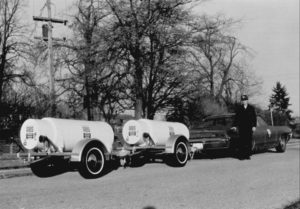
In his later years, Rock Prentice considers several buyers for the company, eventually choosing W.R. Grace & Company in 1967.
1967

In 1968, ABS introduces the first computerized mating program, initially called Genetic Mating Service (GMS), which has made more than 68 million matings since its inception.
1968
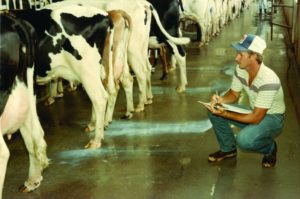
In 1968, ABS creates linear genetic evaluation systems that would later be adopted by the Holstein Association.
1968

In 1971, ABS opens for business in France.
1971

In 1975, the first Genetic Trait Summary is published in the USA. This first-of-its-kind dataset would become a valuable asset for mating cows with the GMS (which now stands for Genetic Management System) program.
1975

In 1978, ABS invents and introduces a monitor ampule placed with stored semen, improving quality control by ensuring semen is maintained at the proper temperature.
1978

In 1953, the world meets Frosty, a healthy heifer and the first North American calf born from frozen semen artificial insemination. Thirty years later, history would be made again when the same semen successfully conceives another AI calf (clearly, frozen semen has a long, long shelf life).
1980
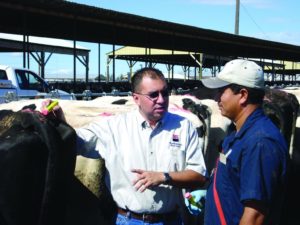
In 1980, our Reproductive Management System (RMS) manages herd reproduction by utilizing heat detection, artificial insemination, synchronization, and data management services provided by professional technicians.
1980

In 1987, ABS develops nuclear fusion transfer. This involves the cells of a cow’s embryo being loosened and individually placed into donor cow eggs that had their own DNA content removed. Once paired, the two are fused together to create a cloned embryo. These embryos are transferred to surrogate cows to create cloned calves. The first two calves born from this technology were named Fusion and Copy. Seems appropriate!
1987

Ardshiel, Inc. acquires the company and changes its name to ABS Global. Has a nice ring to it, don’t you think?
1993

Hola, México. In 1994, ABS Global opens a branch in yet another new country.
1994

In 1996, ABS Global enters a joint venture with Incorporated Pecplan Bradesco, a Brazilian company that imports and distributes insemination products, adopting their stud as our own. The joint venture becomes known as ABS Pecplan.
1996
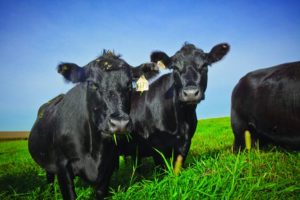
Where’s the beef? In 1996, our partnership with Circle A Ranch and the Angus Sire Alliance makes ABS Global the exclusive marketing agent for some of the most profitable beef bulls in the industry.
1996

In 1997, ABS Global announces the arrival of Gene, the world’s first cloned bovine calf. Even though Gene is in the womb at the same time as “Dolly the Sheep,” the world’s first cloned animal, Dolly is born first due to a sheep’s shorter gestation period.
1997

In 1998, ABS Global introduces Valiant®, a line named after the influential ABS sire.
1998

In 1999, Genus plc, a publicly traded company based in England, purchases ABS Global.
1999

In 2000, additives further our success as Powerstart™ silage additive enters the UK market.
2000

G’day, Australia! In 2002, Genus plc buys ABS Australia, followed a few years later by its purchase of Riverina Artificial Breeders (RAB), the second largest semen production and progeny testing center in Australia.
2002

In 2005, the company officially geeks out as Computer Assisted Sperm Analysis (CASA) replaces the photographic tracking process for post-thaw semen checks.
2005

Bovine, meet porcine. In 2005, Genus plc purchases Pig Improvement Company, the largest porcine genetics company in the world.
2005
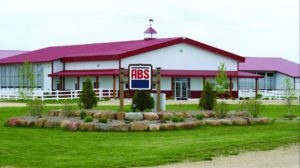
In 2005, ABS Global purchases land in Dekorra, Wis., USA, a township just north of DeForest. In 2007, a second headquarters facility is built with European-approved collection barns, an isolation barn, a rearing barn, and processing lab, as well as a state-of-the-art observation deck, arrival facility, calf facility, the Vern Meier Historical Barn, and a number of other ongoing projects.
2005

Guten tag, Deutschland! In 2006, we begin business in Germany.
2006

First Brazil, then the world. In 2006, ABS Global introduces the ABS Sexation™ product line globally after a successful introduction in Brazil.
2006

In 2007, the company creates Fertility Plus®, a semen fertility product that increases conception rate.
2007

In 2008, ABS Global begins genomic testing, analyzing DNA to estimate future performance more reliably and at an earlier age. Today, all sires in the ABS program are genomic tested.
2008

In 2009, ABS Global makes history with the only stud to have nine “millionaire” sires, each of which has produced and sold more than one million units of semen.
2009

In 2009, ABS China is founded.
2009

In 2011, collections start in our Whenby, England, facility.
2011

As part of the new Dairy InFocus program, in 2011, cows with a lower genetic ranking are bred to beef with the resulting calves sold at a premium. Top-performing cows are used to create dairy replacement heifers. Today, InFocus is recognized as the leading source for premium dairy beef feeder cattle.
2011

As part of the new Dairy InFocus program, in 2011, cows with a lower genetic ranking are bred to beef with the resulting calves sold at a premium. Top-performing cows are used to create dairy replacement heifers. Today, InFocus is recognized as the leading source for premium dairy beef feeder cattle.
2012
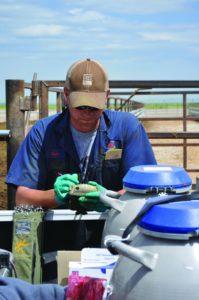
In 2012, ABS Global becomes the first company to use a proprietary database. Real World Data® (RWD
2012
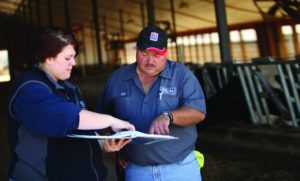
Using RWD, in 2012 the company launches Sire Fertility, an index to measure a sire’s semen fertility.
2012

In 2014, the Global Production System (GPS) computerizes the entire production process. From collection through processing and storage, bar codes are used to track the semen of studs around the world.
2014
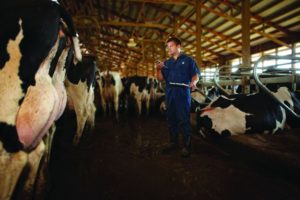
In 2014, our Net Profit Genetics™ program helps create more efficient, low-maintenance, and sustainable herds.
2014

In 2015, ABS Global acquires In-Vitro Brazil (IVB), the world leader in commercial bovine IVF.
2015
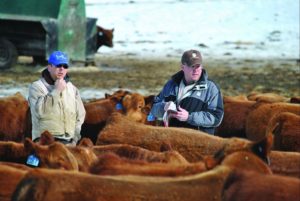
In 2015, there’s even more great news from Brazil as the company launches Y SYNC, an app that facilitates heat cycle synchronization in herds. The software is also used to monitor and collect information for the Fixed Time AI (FTAI) Beef Program.
2015
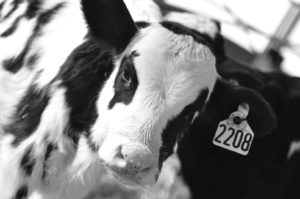
In 2015, ABS Global produces the first commercial units from our proprietary genomic bulls, each of which is born from our elite female nucleus herd.
2015
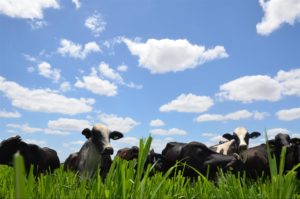
Olá novamente, Brasil. In 2015, GPLAN, a mating program for Girolando bulls, is released in Brazil.
2015
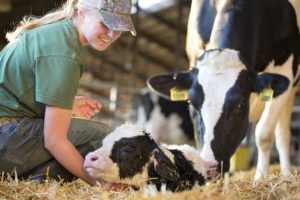
In 2015, ABS Global develops TransitionRight
2015
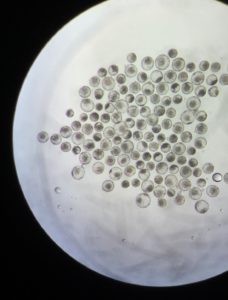
In 2015, ABS Global launches ABS NEO, an embryo program powered by exclusive IVB Transfer™ technology.
2015
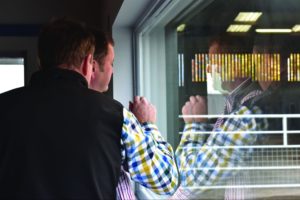
In 2015, the Ruthin Gallery, a viewing room, meeting room, and education center opens in the UK.
2015

In 2016, ABS Global acquires St. Jacobs ABC, an elite dairy genetics supplier that has been providing ABS with prestigious genetics since 1990.
2016
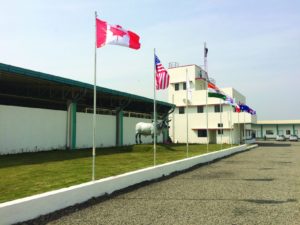
In 2016, the Brahma Genetics Facility is opened in Pune, India.
2016
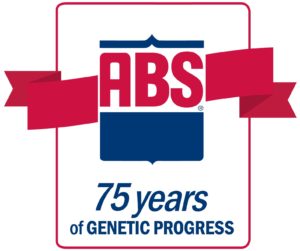
Hooray, yippee, huzzah! In 2016, the company celebrates 75 exciting years of nonstop and unbeatable genetic progress.
2016
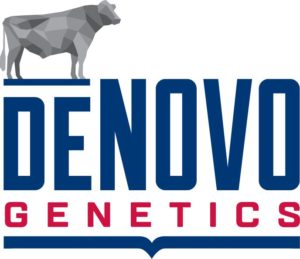
In 2016, ABS Global and De-Su Holsteins form a joint venture, De Novo Genetics. The partnership develops elite and differentiated Holstein genetics to help increase customer profitability through improved herd productivity, health, and efficiency.
2016

In 2016, ABS Pecplan and Agropecuaria Fazenda Brasil partner to collect and analyze individual feed intake data on crossbred animals, the first time this has been done in a commercial environment.
2016

ABS launches Sexcel, its sexed genetics using own 21st century, cutting edge Genus IntelliGenTM technology.
2017

ARSHI first calf from Made in India ABS Sexcel Sexed Semen. Arshi means the first sun rays of a rising sun. It is also the name of the female calf born at farm at Saraswat Dairy Farm at Karab village in Mahaval tehsil Mathura, UP.
2018
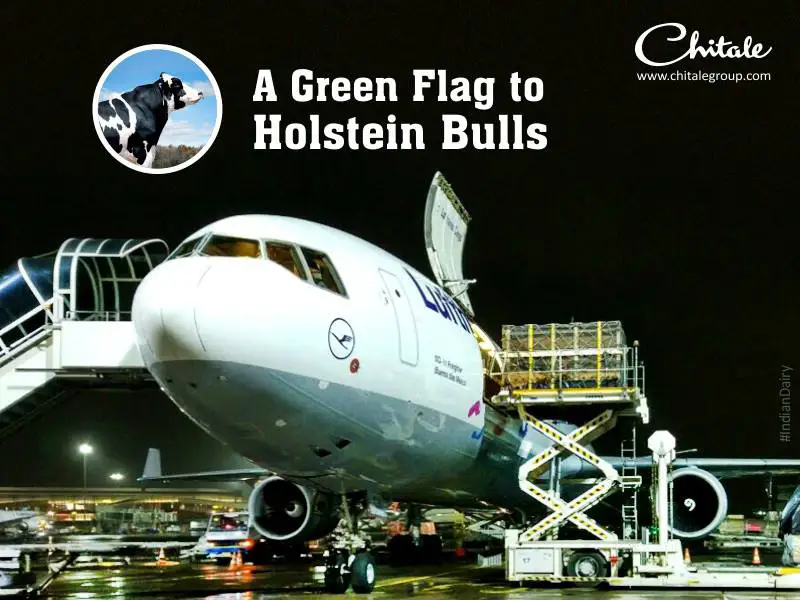
ABS India imported more 5 new young genomically evaluated Holstein and Jersey dairy sires from ABS Global’s ET Bull Production Programme, USA to further boost the milk productivity of Indian dairy cattle.
2020

BRAHMA was inaugurated as the Asia’s Largest Sexed Semen Facility by Hon. Minister Shri Sharadchandra Pawar and Hon. Cabinet Minister of Road Transport and Highways of India, Shri Nitin Gadkari.
2023
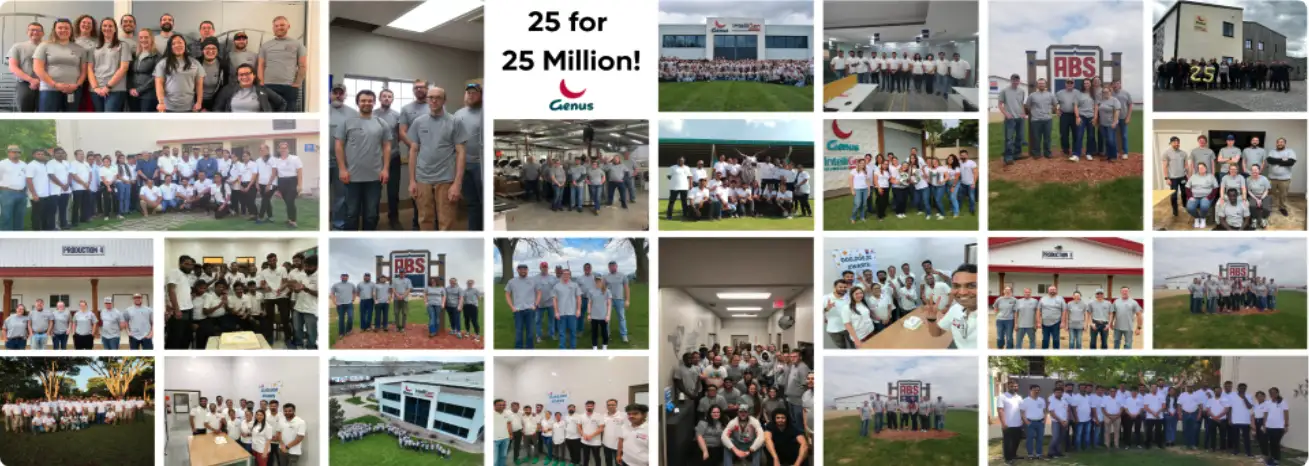
ABS Global and Genus IntelliGen Technologies produced more than 25 million units of Sexcel across all key global production sites since the launch of Sexcel in September of 2017.
2023

ABS India imports more new young 7 Jersey dairy sires from ABS Global, USA for Jersey breed improvement, improvement of dairy components such as milk fat, and sustainability.
2023
